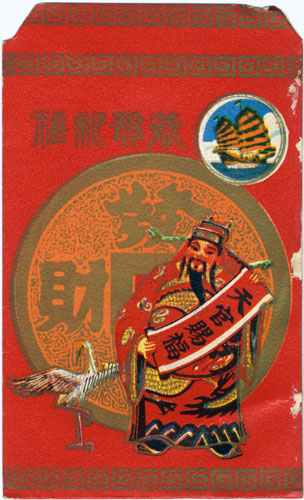I’m sure many of you “eligible” individuals received a lot of Ang Pau / Hongbao for the New Year.
It is said that: “The amount of money contained in the envelope usually ends with an even digit, in accordance with Chinese beliefs; odd-numbered money gifts are traditionally associated with funerals. The exception being the number 9 as the pronunciation of nine is homophonous to the word long and is the largest digit. Still in some regions of China and in its diaspora community, odd numbers are favored for weddings because they are difficult to divide. There is also a widespread tradition that money should not be given in fours, or the number four should not appear in the amount, such as in 40, 400 and 444, as the pronunciation of the word four is homophonous to the word death.” [source – Wikipedia]
What about the story / legend behind the giving of these red envelopes?
Some say that this tradition dates back to the Song Dynasty in China. There was once an evil demon terrorising a village. After several unsuccessful attempts to defeat it, a young orphan came forward. Armed with a magical sword, he killed this demon – thus restoring peace to the village. The people were so grateful to the boy, that they presented him with a red envelope filled with money to repay him for his courage in defeating the demon.
There is also a story about a little demon called ‘Sui‘. It is said that on New Year’s Eve, ‘Sui‘ would appear quietly and touch the heads of sleeping children. These little ones who’ve been touched end up crying in fright, while suffering a headache. One folk tale, about ‘Sui‘, mentions an elderly couple who placed a red paper bag containing copper coins under their child’s pillow. When ‘Sui‘ was about to reach out to touch the child’s forehead, the pillow suddenly brightened with golden light. And so, ‘Sui‘ was scared away; hence this ‘exorcism’ effect (of copper money wrapped in red paper) spread throughout China.



